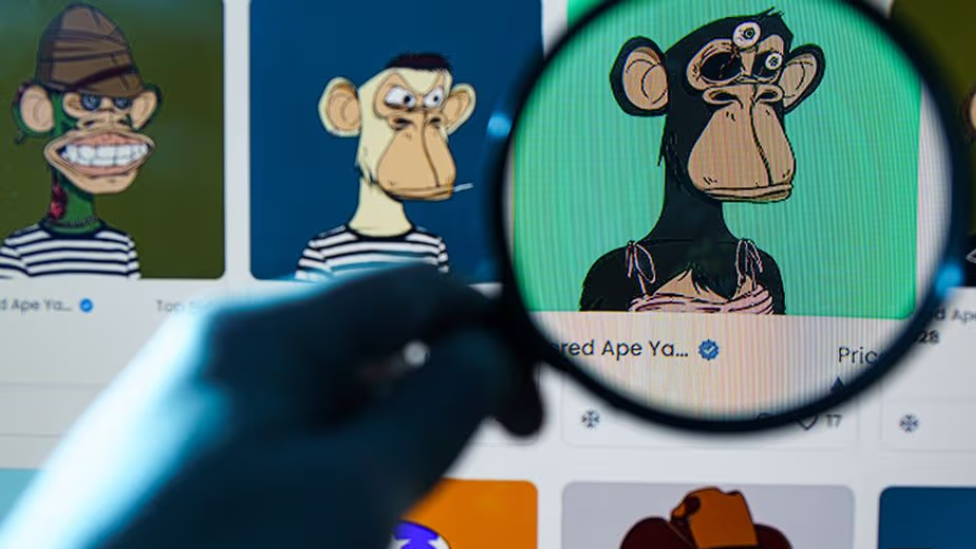According to a recent analysis, the mainstream non-fungible token (NFT) market is in dire circumstances, with a startling 95% of these digital assets experiencing a sharp decrease in value, with some even becoming almost worthless. On September 20th, Rolling Stone magazine drew attention to this issue by highlighting a dappGambl report headlined “Dead NFTs: The Evolving Landscape of the NFT Market.” A startling 69,795, or 95%, of the 73,257 NFT collections analyzed, according to the research, have virtually no market value at the moment. Surprisingly, over 23 million investors own these “completely worthless” tokens.
The Rise and Fall of Non-Fungible Tokens: 2021 Frenzy and Current Realities
This revelation has sparked a wave of reactions within the digital asset community. Many of the 23 million owners of these now worthless tokens expressed their agreement with the findings and their displeasure. Some people questioned the attraction of these non-fungible tokens in the first place and commented on the sudden decline they have witnessed thus far.
On the other hand, NFT supporters have criticized Rolling Stone’s position over time for being inconsistent. They made reference to a November 2021 piece that the magazine published on its website, where they promoted the Bored Ape Yacht Club Collection (BAYC), emphasizing the NFT market’s complexity and changing narratives.
Some believe that the crypto winter significantly affected NFT prices, opening the door for a potential turnaround when circumstances improve. They believe some will make a comeback and that, due to bull, some will increase by 1000%. But is there actually a chance for a comeback of NFT?
The NFT frenzy of 2021 attracted a rush of newcomers to blockchain technology, presenting a unique break from the payment-centric approach of traditional digital assets. NFT trading volumes during the 2021 bull run soared to nearly $17 billion as new projects gained popularity. NFTs, however, have lost some of their luster since then.
It’s common to point to the market’s current crypto winter as a contributing cause. Many people think that the main causes of the current predicament are the fall in usage and the overall value locked in decentralized applications (dApps). NFTs’ situation gets worse because of the ecosystem’s decreased demand. Only 21% of NFT collections are fully owned, while the rest of them are still unsold.
According to the research, the reality is that projects lacking clear use cases, compelling narratives, or genuine artistic value are finding it increasingly difficult to attract attention and sales. Nonetheless, NFT enthusiasts are clinging to the hope of a broader market revival to boost the value of their prized possessions, even if the future of most NFTs is still largely unknown.
Takeaways
Rolling Stone’s stark declaration of NFTs’ near-worthlessness has stirred diverse reactions in the digital asset community. Nevertheless, we can’t deny that the market’s challenges, declining demand, and unsold collections pose hurdles. Whether NFTs will make a comeback remains uncertain, but enthusiasts hold onto optimism for a revival in the wider market.
















